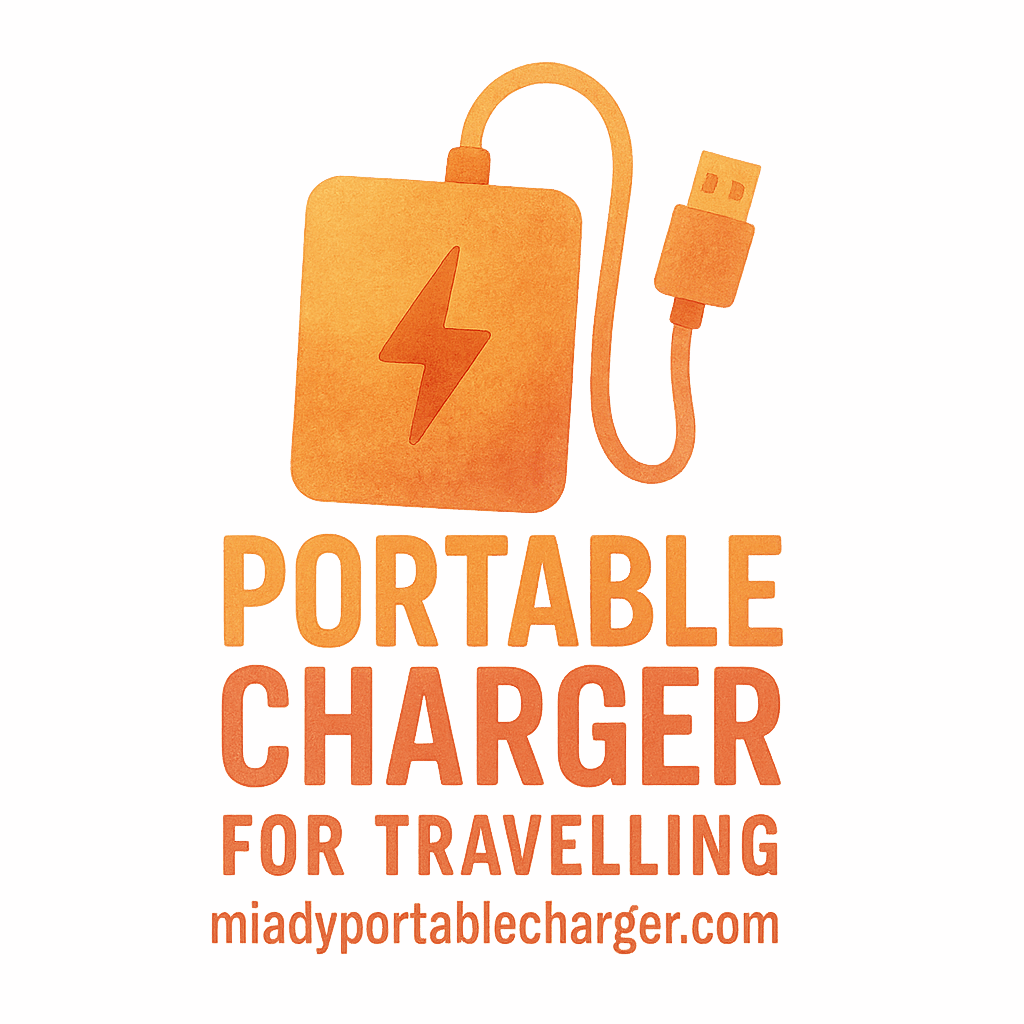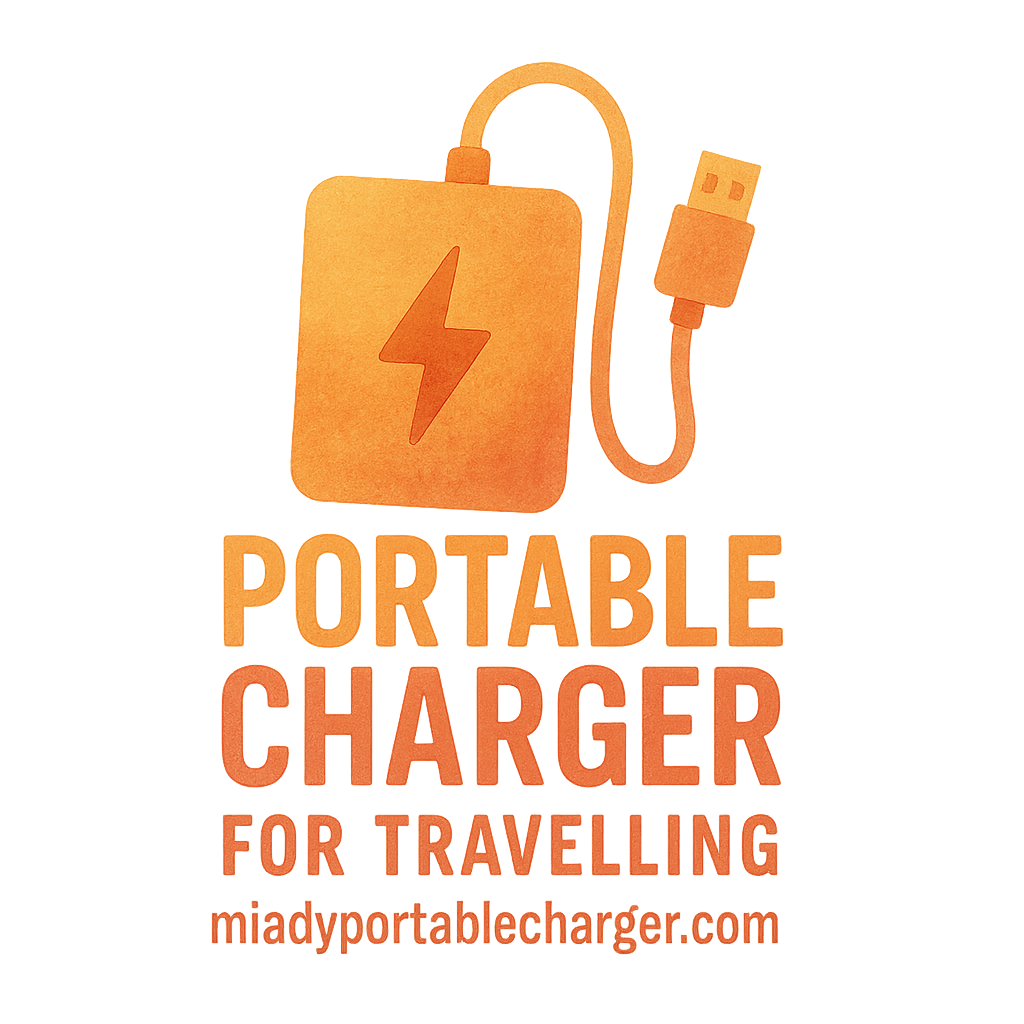Introduction
Traveling with a portable charger is a lifesaver, especially when you’re in a pinch, far from a wall socket. Whether you’re traveling for business or leisure, staying connected is crucial. But here’s the problem: many travelers unknowingly ruin their portable chargers by making a few common mistakes. These simple mistakes can cut your charger’s lifespan and leave you stranded with no way to power your devices.
Let’s dive into the seven most common mistakes that can ruin your portable charger and how you can avoid them to ensure it stays in perfect working condition throughout your travels.
1. Using Cheap, Low-Quality Chargers
The Risks of Low-Quality Chargers
One of the biggest mistakes you can make while traveling is using a cheap or low-quality portable charger. These chargers are often made from inferior materials, which can lead to poor performance or even dangerous situations like overheating, short circuits, or battery damage. When you buy a budget charger, you might save a few bucks, but the risk isn’t worth it.
How to Choose the Right Portable Charger
Investing in a high-quality portable charger can make all the difference. Look for reputable brands, such as Miady, which are known for their durability and performance. Be sure to check the specifications to ensure the charger is compatible with your devices. Look for chargers that offer high capacity, fast charging, and safety features like overcharge protection.
A good rule of thumb is to spend a little extra money upfront to ensure you’re not left in a tricky situation down the road.
For more guidance on choosing the right charger for your travels, check out our Buying Guides.
2. Overcharging Your Portable Charger
The Dangers of Overcharging
We’ve all been there: plugging your portable charger in and leaving it to charge overnight, only to forget about it. Overcharging is a common mistake that shortens the lifespan of your charger. When the battery is charged past its limit, it can cause overheating, which ultimately leads to battery degradation.
How to Properly Charge Your Device
To avoid overcharging, always unplug your portable charger once it’s fully charged. Many modern chargers come with automatic cut-off features to stop charging once the device reaches 100%, but it’s still a good idea to monitor your charger’s progress.
For charging tips and best practices, visit our Charging Tips page.
3. Exposing Your Charger to Extreme Temperatures
How Heat and Cold Damage Your Charger
Temperature extremes can severely damage your portable charger. Excessive heat can cause the internal battery to degrade faster, and cold temperatures can cause the battery to lose its charge faster than usual. Whether you’re hiking in the mountains or sunbathing on a beach, exposing your charger to extreme temperatures can ruin it.
Best Practices for Temperature Control
Keep your portable charger in a cool, dry place when not in use. Avoid leaving it in direct sunlight or inside a hot car, as the heat can quickly fry the internal components. Conversely, don’t let it get too cold—avoid storing your charger in places like the freezer or a chilly backpack.
For more advice on how to protect your charger in different climates, check out our Travel Essentials page.

4. Not Storing Your Charger Properly
Why Storage Matters
When you’re traveling, it’s easy to toss your charger into your bag without a second thought. However, improper storage can damage the charger over time. Keeping your charger in a bag with sharp objects, such as keys or pens, can cause physical damage to the charger’s casing or cables.
How to Store Your Portable Charger When Traveling
To ensure the longevity of your charger, store it in a padded compartment or a protective case. If your charger is a bit bulky, consider using a dedicated charger pouch to prevent any wear and tear. You might even want to wrap the cables neatly to avoid tangling or kinks.
5. Using Your Charger While It’s Charging
How This Can Lead to Overheating
It can be tempting to use your portable charger while it’s plugged in, especially when you need power on the go. However, this can cause the charger to overheat, which puts both your charger and devices at risk. Constant use of the charger while charging draws more power, leading to potential overheating and strain on the internal components.
Best Practices for Using Your Charger
If you need to use your devices while charging, try to do so when the portable charger is not actively charging. Also, make sure your charger is placed on a flat, hard surface to allow for proper ventilation.
For more tips on how to use your charger safely, visit our Product Reviews.
6. Not Carrying the Right Cables
The Importance of Having the Right Cables
You can’t use your portable charger effectively without the right cables. While most chargers come with a standard USB cable, some devices may require specific cables, such as USB-C or Lightning cables. Carrying the wrong cable can result in slower charging or no charging at all.
Which Cables to Pack for Various Devices
Make sure to pack the right cables for each device you plan to charge. If you have multiple devices with different charging ports, like a smartphone, tablet, and headphones, consider using a multi-port cable that can charge them all. Keep extra cables in a separate pouch to avoid losing them while on the go.
For a complete list of must-have cables and accessories, visit our Adventure Travel section.
7. Charging Devices Too Frequently
The Impact of Constant Charging on Battery Health
It’s natural to want your devices to stay charged throughout your trip, but constantly charging your devices can actually harm their long-term battery health. Frequent charging cycles wear down the battery over time, resulting in shorter battery life and slower charging.
How Often Should You Charge Your Devices?
Instead of charging your devices whenever the battery dips below 50%, try charging them in intervals. Charge your device when it’s around 20–30% and unplug it once it hits 80–90% to extend the battery’s lifespan. This practice helps maintain optimal battery health.
For more tips on maintaining battery health, check out our Charging Tips.
Conclusion
Portable chargers are invaluable tools for staying connected during your travels. However, if you make the wrong moves, they can quickly become unreliable. By avoiding these seven common mistakes, you can ensure your portable charger stays in great shape, ready to power your devices wherever you go.
Whether you’re using your charger for everyday tasks or for an adventure, proper care and mindful use will guarantee that your charger remains a trusted companion throughout your journey. So, make sure to invest in quality, store it properly, and follow the best charging practices to keep your portable charger running efficiently!
FAQs
- How long should my portable charger last while traveling?
- It depends on the capacity and how often you use it, but a good quality charger can last several years if maintained properly.
- Can I use my charger while it’s plugged in?
- It’s not recommended, as this can cause overheating and reduce the lifespan of your charger.
- Is it okay to charge my devices overnight with a portable charger?
- While modern chargers have safety features, it’s best to avoid overcharging whenever possible by unplugging the charger once it’s fully charged.
- How do I know if my portable charger is faulty?
- If it overheats frequently, fails to charge your devices, or the battery life seems drastically reduced, it might be time to replace it.
- Are portable chargers waterproof?
- Some portable chargers are waterproof or water-resistant. Be sure to check the specifications before using it in wet conditions.
- How can I store my portable charger safely during a flight?
- Keep it in your carry-on and store it in a padded compartment to prevent damage from pressure changes or other items in your bag.
- Can I use any cable with my portable charger?
- Always use the appropriate cables for your devices. Some chargers have specific cable requirements to ensure efficient charging.


